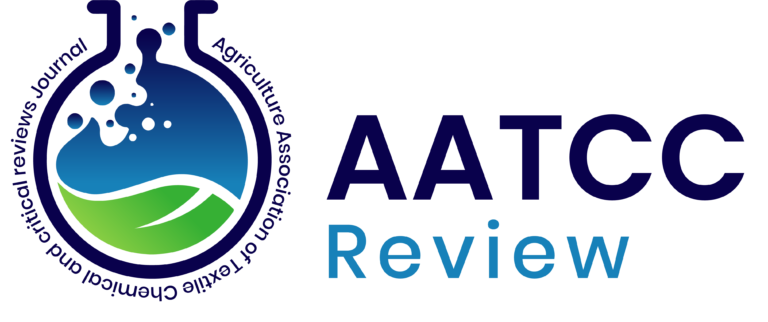Abstract
The present study was conducted at the research Farm of Jawaharlal Nehru Krishi
Vishwa Vidhyalaya, Jabalpur Madhya Pradesh (482004), India during July-November
2016.The soybean crop grown in vertisols in central India as an oil seed crop. Humans,
animals, and plants all need zinc (Zn). The lack of Zn in Indian soil raises questions about
how crops will be cultivated. Zn fertilizer is frequently applied on poor soils that are
subjected to intensive cultivation. Still, not much is understood about the ideal Zn dosage. As
a result, three frequency levels of Zn application were studied: Zn application in the first year
alone, every year, and every other year, and five rates of Zn (0, 2.5, 5.0, 7.5, and 10.0 kg Zn
ha -1 ) were applied. The results showed that the contents of N and K in soybean seed and
stover increased significantly as Zn levels increased, and the maximum contents were noted
at 10 kg of Zn ha -1 application. However, it was on par with 7.5 kg of Zn ha -1 . Applying 5 kg
of Zn ha -1 every other year greatly enhanced the uptake of N, P, K, and S by soybean crop. At
5.0 kg of Zn ha -1 , the soil had the highest levels of leftover N, P, and Zn. Thus, the best
practice in a vertisol for improving macronutrient uptake by soybean and improving soil
health.
